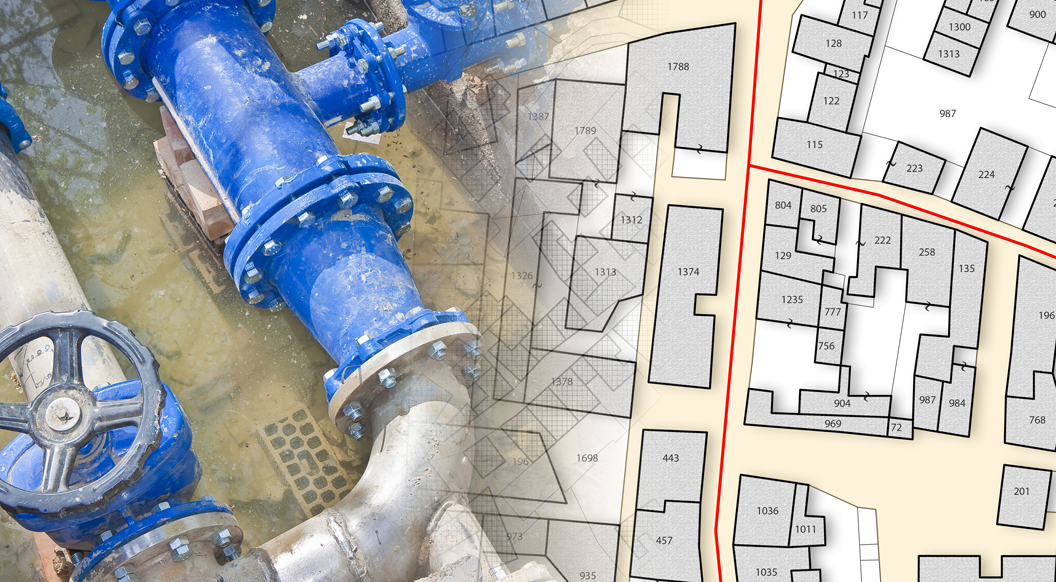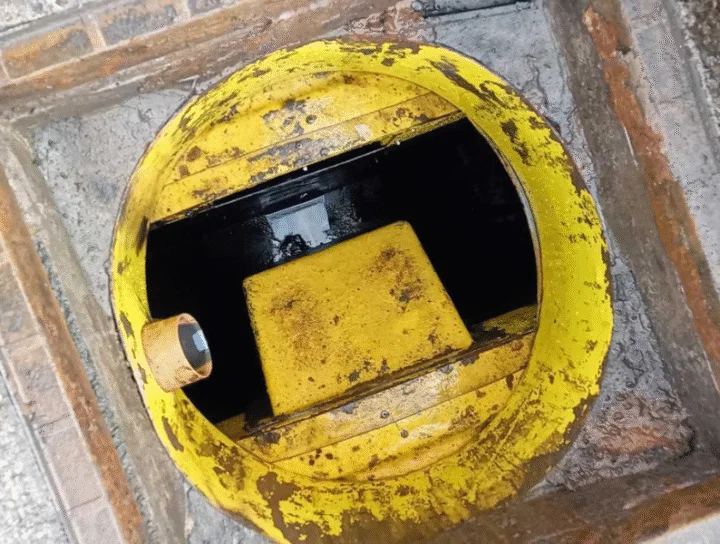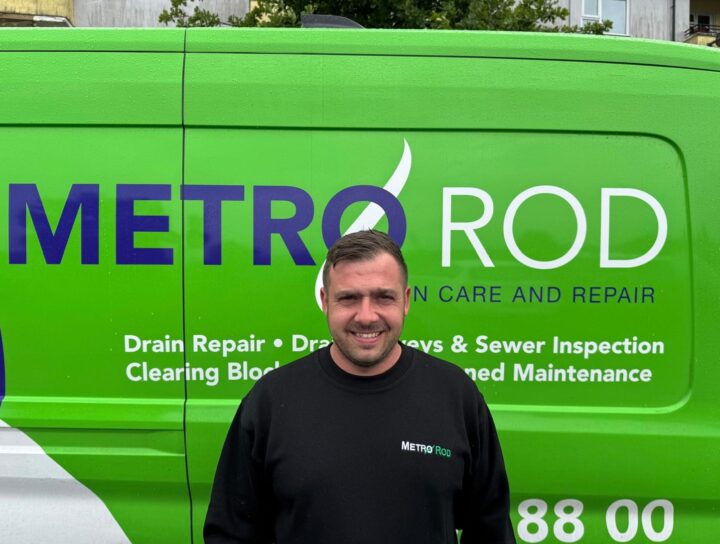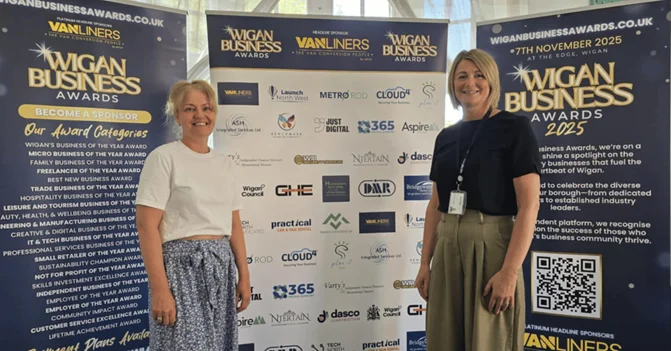Water contamination is a growing issue in the UK. Commercial premises play a role in preventing it and can do so by having a clear and thorough drain map created for their property.
If you own a commercial property, a drain map isn’t just a ‘nice to have’ – it’s a regulatory requirement to have a record of the drainage layout beneath your building, with all discharge points and their usage purposes labelled as to whether they’re surface water or foul water.
Why is drain mapping useful?
If foul, surface or combined drainage systems aren’t connected correctly, or are cross contaminating, this can lead to water pollution. As one of the only ways of spotting cross contamination of such systems, drain mapping is key to ensuring this risk is minimised.
If drain mapping is conducted on site at your premises, the drainage engineer will be able to inform you of the ways the issues can be resolved to ensure you’re no longer breaching environmental standards. They can fix the job for you, and ensure your site is compliant into the future.
Processes that lead to water contamination
While the cross contamination of drainage systems is one cause of commercial water pollution, there are other on-site processes which also contribute.
For example, you may be unaware of oil interceptors being present on site and if they haven’t been serviced in a long time, they can cause water pollution. Drain mapping is one way of identifying where, if any, oil interceptors are located, and your drainage engineer will be able to service them to ensure they’re running at optimal efficiency.
Additionally, if chemicals from activities such as vehicle washing aren’t discharged into the foul water system and instead reach the surface water system, they can enter the water course and cause pollution incidents. A drainage engineer will be able to double check all drainage connections on site to avoid the chances of this happening.
When you need to carry out drain mapping
While it’s a regulatory requirement to have a drain map of your site for its current use, there are certain circumstances which will require you to update your drain map, and have it done again. These situations include:
- If you’ve applied to change the purpose of your site. If the new usage of your site will lead to you producing effluent, you’ll need to undertake a drain mapping exercise when the update is complete to ensure foul water isn’t hitting the water course.
- If you’re adding an extension to your building which includes showers, toilets and sinks, a drainage map will ensure all the new systems are properly connected and compliant in line with foul and surface water requirements.
- If you move sites completely, you should be provided with a drain map. However, it pays to have it updated in line with your move-in date, so you know it’s accurate.
- Drainage plans should be updated every 10 years, which you can do by carrying out a drain mapping exercise.
Metro Rod and drain mapping
When it comes to running a business, you need to know you’re acting in accordance with the law to reduce the risk of reputational damage. If your business is found to be polluting the water course, you could face an unlimited financial fine and time in prison. It pays to have drain mapping carried out to be safe in the knowledge that should the Environmental Agency ever want or need to visit your site, you’ve done everything in your power to remain compliant.
At Metro Rod, our expert drain mapping services can plot the location, size and depth of your drainage system to produce a drainage plan for any construction project, flood plan or other requirements.
We have the experience and expert knowledge to carry out accurate, reliable drain mapping throughout the UK across construction, local authority, highways, manufacturing, facilities and property development sectors, providing you with a high-quality drainage layout plan that is in line with the Environmental Agency’s expectation.
Contact us today for more information.

Talk to your local Metro Rod specialist
We are always happy to arrange a free site assessment and no obligation quotations for any work you might need. Alternatively, you can call our emergency hotline number on 0800 66 88 00
Get in touch Drainage Services


